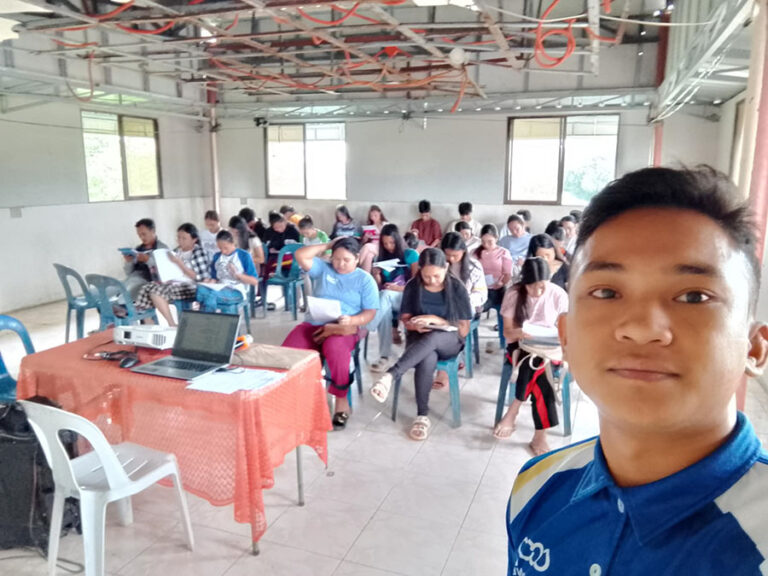Seibu Holdings Inc. President Takashi Goto recently told The Yomiuri Shimbun that his company will promote cooperation between its affiliated Prince Hotels, Inc. and noted hotel groups in Western countries to prepare for the growing number of foreign tourists.
Regarding the redevelopment project in an area near JR Shinagawa Station in Tokyo, where four Prince hotels have been established, Goto said Seibu Holdings plans to develop complexes that combine commercial spaces, residences and other facilities.
The following is an excerpt of the interview, which was conducted at the Seibu headquarters in Tokorozawa, Saitama Prefecture.
The Yomiuri Shimbun: How are you preparing for the increasing numbers of foreign tourists?
Takashi Goto: Nearly 20 million foreign tourists visited Japan in 2015. Inbound tourists are expected to rapidly increase as we approach the 2020 Tokyo Olympics and Paralympics. I flatter myself that the Seibu group has responded to inbound tourists from a considerably early stage, especially with Prince Hotels.
Among inbound tourists, those from China are especially growing. Chinese tourists can watch China Central Television and use China’s Union Pay cards at Prince Hotels.
Q: Has your business been affected by the slowdown of the Chinese economy?
A: China’s slowdown is an objective fact. Tourists from China are increasing significantly, but I think we should consider it likely that the slowdown will affect our business in some way in the future. We need to prepare measures to minimize the influence.
We’ve attracted mainly wealthy individual tourists — not only from China, but those with upper middle-class incomes from various countries. Although we accept travelers in group tours, we’ve made efforts to increase the ratio of individual tourists and plan to promote this strategy further.
By region, we plan to increase customers from Europe and the United States, for the purpose of risk diversification. At the Prince Sakura Tower Tokyo, customers from Europe and the United States have been increasing significantly since that property became a member of Marriott International, Inc.’s Autograph Collection in 2013. We’d like to increase a well-balanced base of customers from various countries, including the United States and European nations.
Q: What about the possibility of aligning with overseas hotels?
A: We’ve cooperated with overseas major hotel chains by becoming a member of Marriott’s Autograph Collection. Based on our policy, we’ll collaborate with overseas hotels in win-win relationships after securing Prince Hotels’ independence and autonomy. We have no plans to change the Prince name or become a subsidiary of some big hotel chain.
We’ll cooperate moderately with other hotel chains. For example, in the case of the Autograph Collection, we’ll make it possible for Marriott hotel members to use points [with us].
Q: How are you planning to redevelop the Shinagawa-Takanawa area?
A: Regarding the redevelopment of the Shinagawa-Takanawa area, no specific drafts have been introduced by the authorities, including the Tokyo metropolitan government, so my comments are based on the assumption that there are no concrete plans. When the Tokyo Olympics and Paralympics finishes in 2020, the next major event will be the starting [of operations] of the Linear Chuo Shinkansen, whose terminal station will be Shinagawa, in 2027.
The next big target on a time basis is the completion of the area’s redevelopment, ideally by 2027. If that is the plan, we need to hurry.
I hope the metropolitan government will introduce specific plans as soon as possible. As the largest landowner in the area, we’d like to participate in discussions positively on our own initiative.
I think our Tokyo Garden Terrace Kioicho, which will open this summer, will be a model case for mixed-use development, as its facilities include a hotel, offices, commercial facilities and residences.
In terms of area, Kioicho is 30,000 square meters, while Takanawa is more than four times bigger at 130,000 square meters. We can’t currently tell whether the whole area will be redeveloped, but I’m sure the scale will be considerably large.
Q: Do you mean construction for the redevelopment project will start in 2020?
A: We’d like to accelerate construction as early as possible, but we have a responsibility to provide guestrooms for visitors until the Olympics and Paralympics are over. As a hotel operator, we’ll do business steadily. Even after the Tokyo Games, inbound tourists will continue to increase. Keeping an eye on this, we’d like to firmly do what we need to do, as we’re quite sure redevelopment will improve the Seibu group’s corporate value as well as contribute greatly to Japan’s growth strategy.
Q: What are the advantages of Shinagawa?
A: Shinagawa is extremely convenient. I’m sure the area will become the gateway not only to Tokyo but to Japan in the future. We’d like to work on redevelopment suitable for this gateway.
Q: What about local measures?
A: Inbound tourists have concentrated in Tokyo, Osaka and Kyoto. There are not many right now in the Tohoku region and Hokkaido’s eastern Doto district. From the perspective of vitalizing local economies, we’d like to attract inbound tourists to local areas by utilizing Prince Hotels’ network in those districts. I think the private sector, like us, and the central government need to make efforts to increase inbound tourists.
Q: What is the aim of the Seibu group within this major tourism country?
A: Prince Hotels’ share of foreign tourists visiting Japan was 6.5 percent in 2014. We’d like to increase this because the number of tourists visiting Japan will rise to 30 million from 20 million.
We hope the growth rate of foreign customers staying at our hotels surpasses the year-on-year growth rates that the Japan National Tourism Organization announces regarding inbound tourists.(The Yomiuri Shimbun)
Link: http://the-japan-news.com/news/article/0002650912
.



